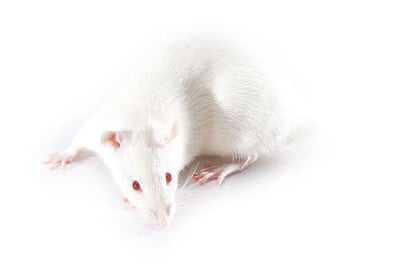Ldlr knockout rats
HsdSage:SD-Ldlrem1Sage

Strain
Location
Order Today
Typically heterozygous rats are cryo-recovered in 10-12 weeks to an age of 7 weeks old. Subsequently homozygous rats to an age of 7 weeks old can be produced within 20-22 weeks.
- Background strain: Sprague Dawley
- Homozygous knockout rats display loss of LDLR protein via Western blot
- Homozygous knockout rats have increased body weight as compared to wild type
- Homozygous knockout rats show significantly elevated serum cholesterol levels
- Possesses a 337 bp deletion and 4 bp insertion within Exon 4 on chromosome 8
Availability: Cryopreserved as heterozygous embryos
Zygosity genotype: Homozygous as live colony
The Low-Density Lipoprotein (LDL) receptor is directly involved in the development of atherosclerosis, due to accumulation of LDL cholesterol in the blood. Ldlr (-/-) rats show elevated serum cholesterol levels.
Ldlr mediates the endocytosis of cholesterol-rich low-density lipoproteins (LDL) and is important for the proper regulation of LDL circulation within the blood. Expressed in the liver, loss of function of Ldlr leads to accumulation of excess LDL, which directly contributes to atherosclerosis, making this a useful model for the study of cardiovascular disease.
Origin:
The Ldlr KO rat model was originally created at SAGE Labs, Inc. in St. Louis, MO and distributed out of the Boyertown, PA facility. The line continues to be maintained through the original SAGE Labs animal inventory acquired by Envigo, then Envigo was acquired by Inotiv in 2021.

Available regions:
For pricing information, please contact us using the phone number above.

Research use and related publications
- Cardiovascular
- Artery disease
- Atherogenesis
- Atherosclerosis- Cholesterol transportation
- Hypertension
- Insulin resistant
- Lipoprotein
- Metabolism (Triglyceride - Cholesterol)
- Obesity
- Type II diabetes





